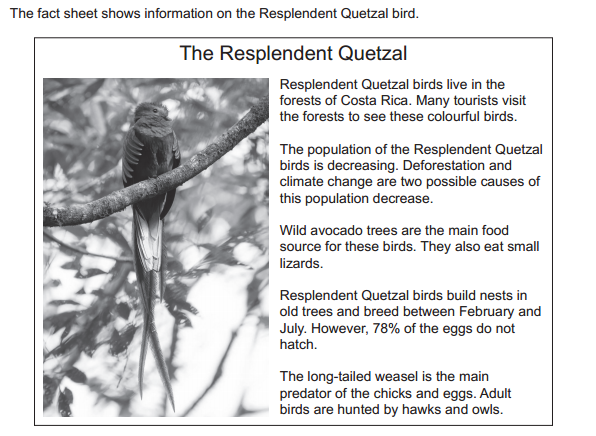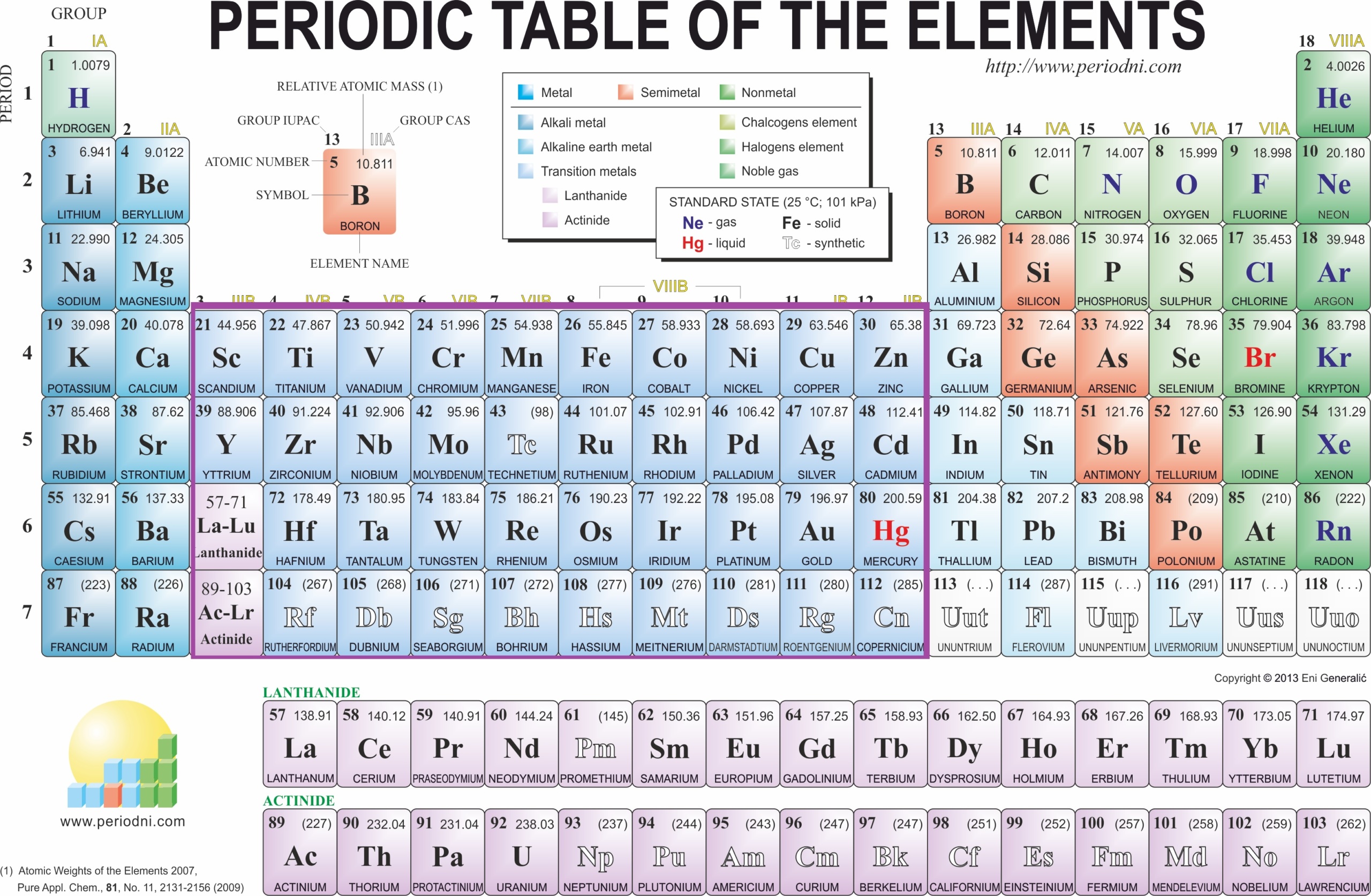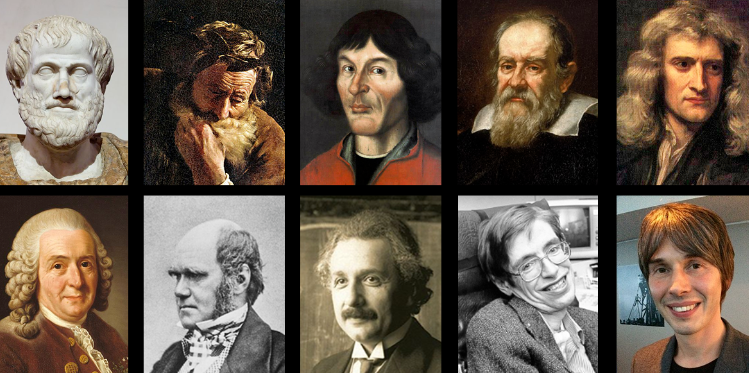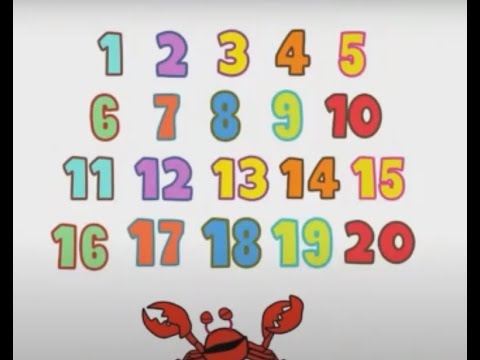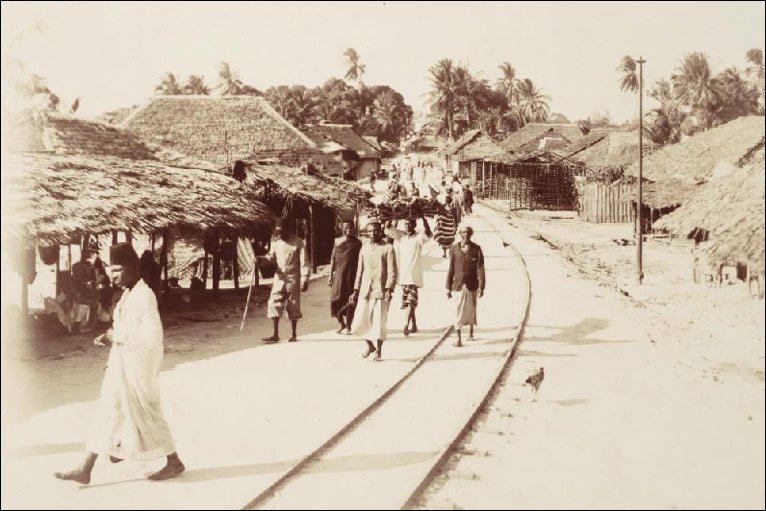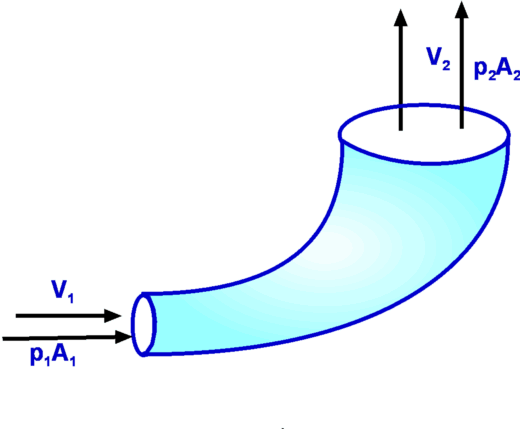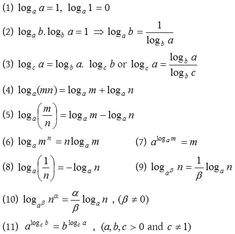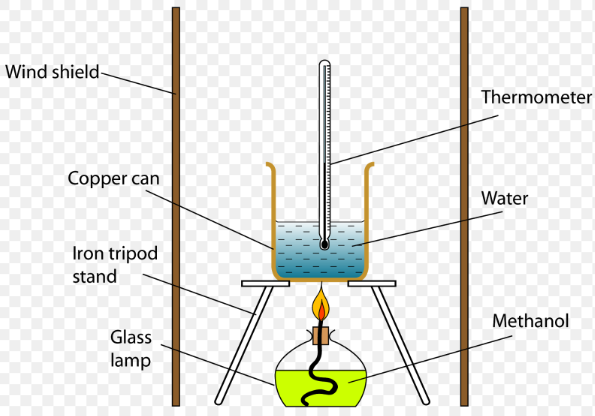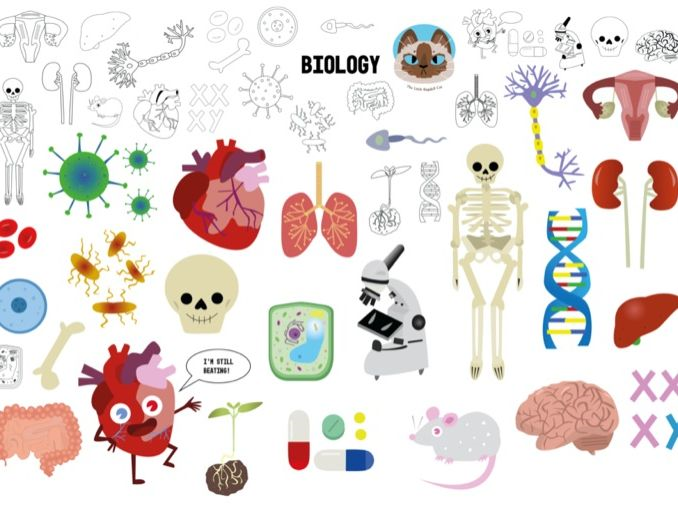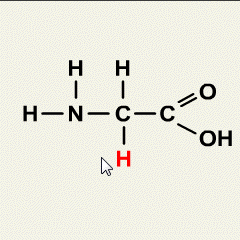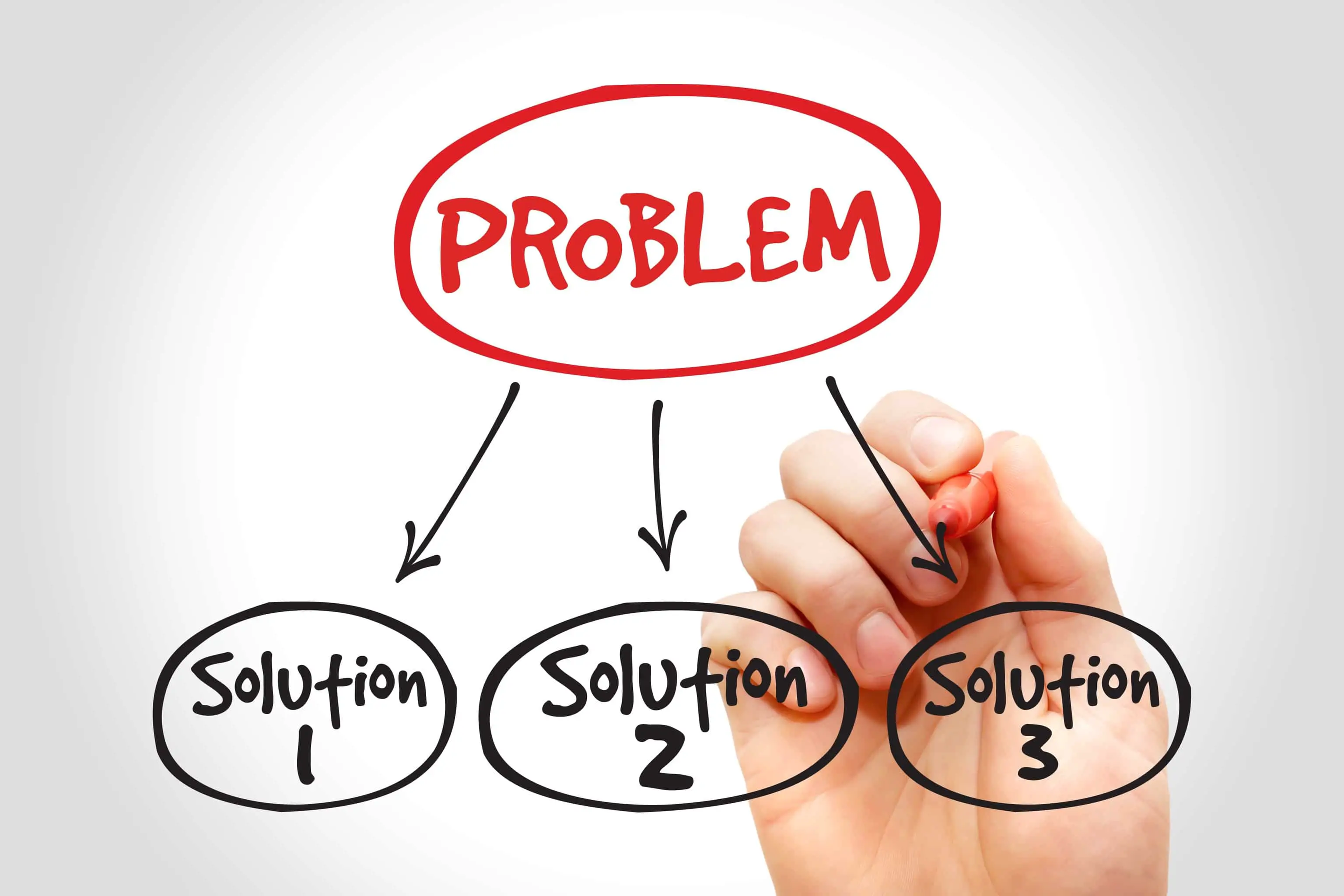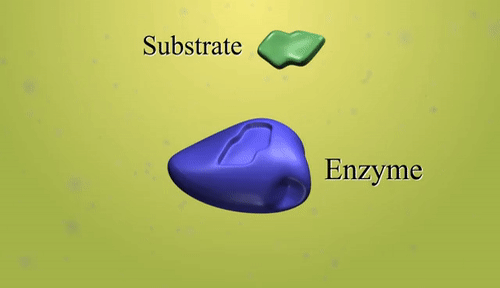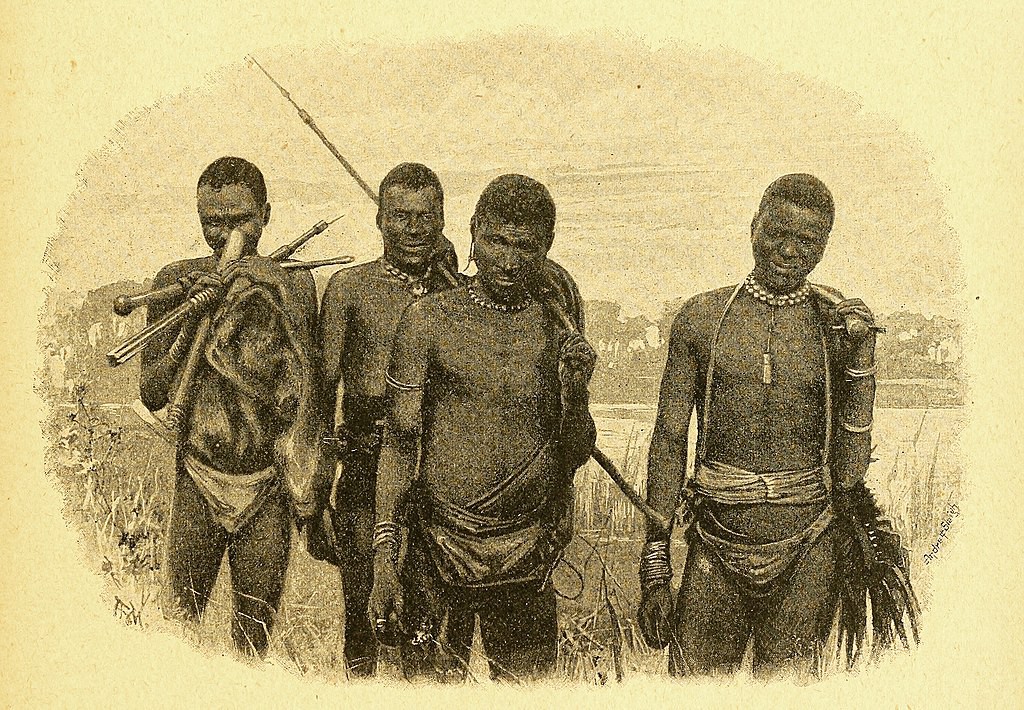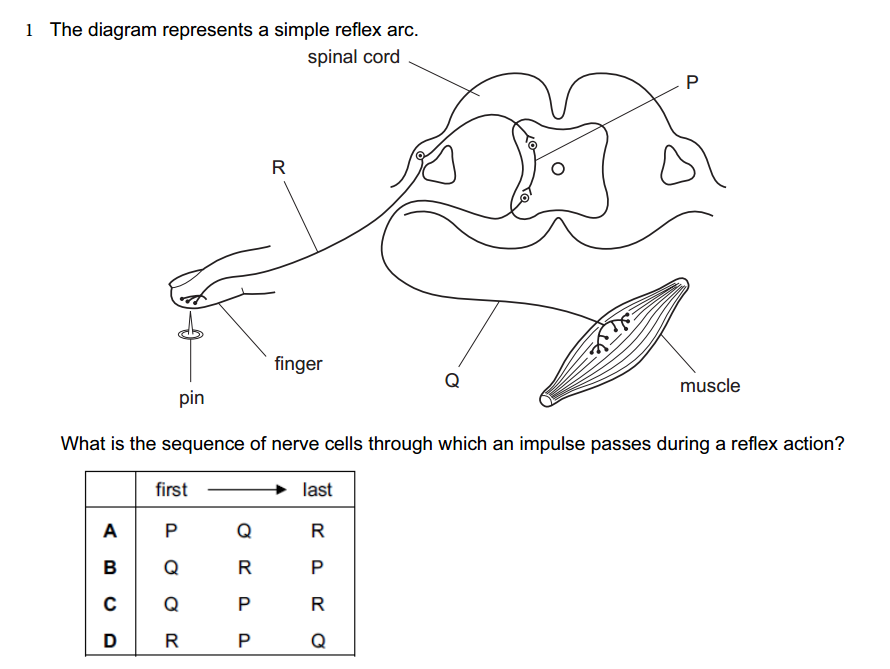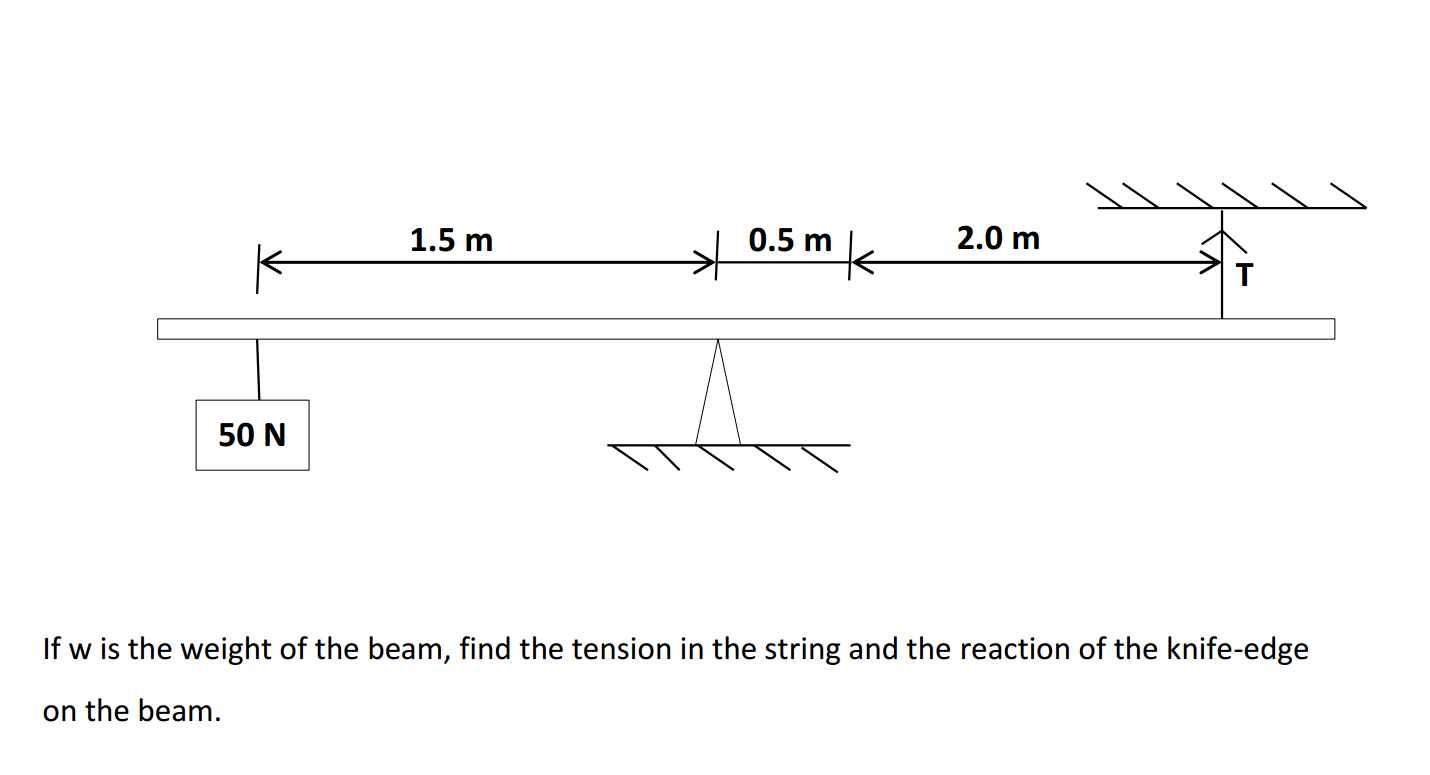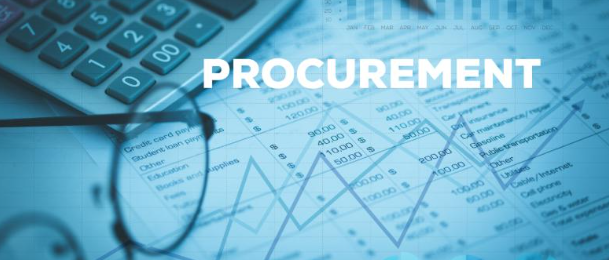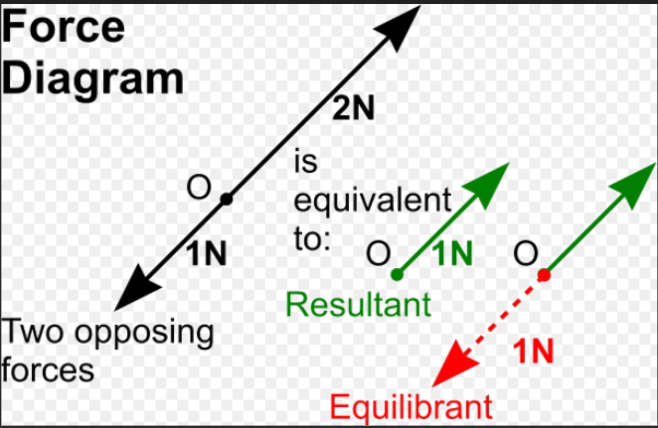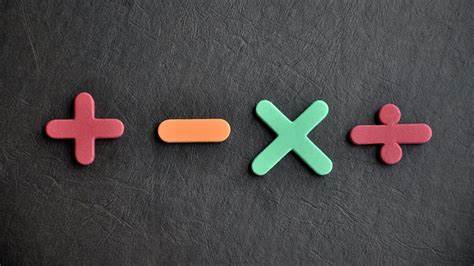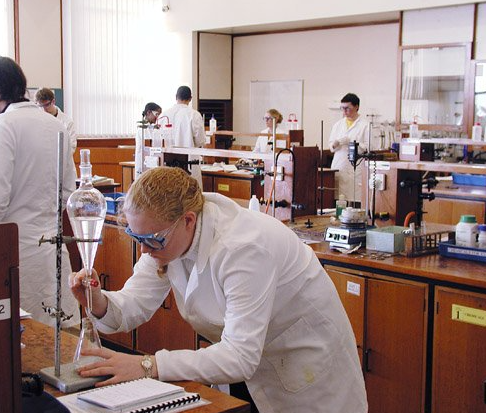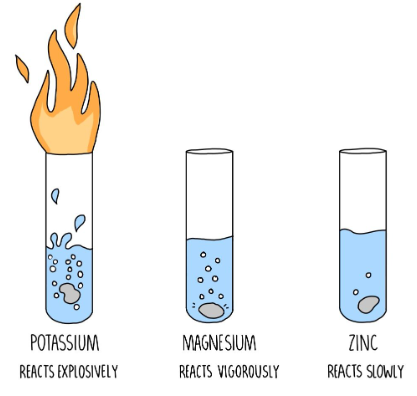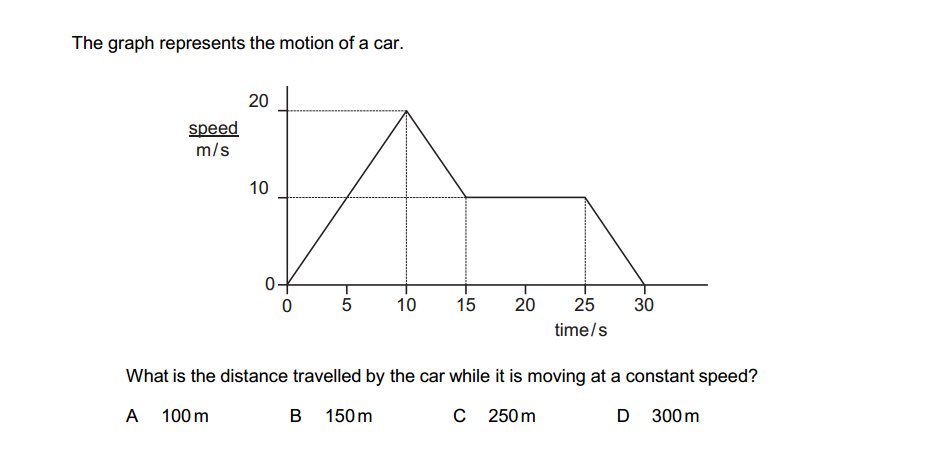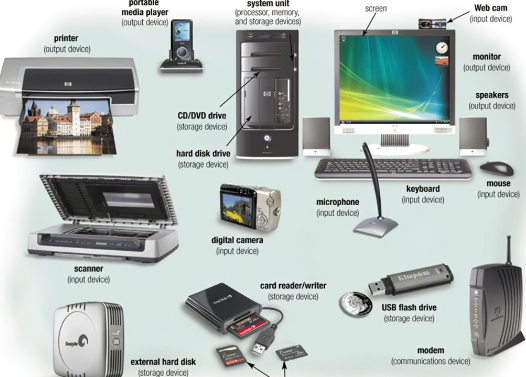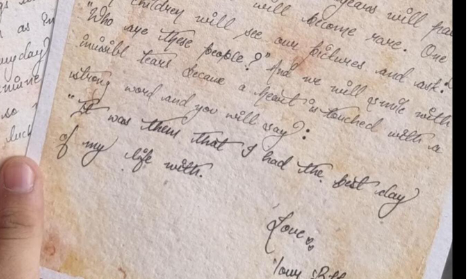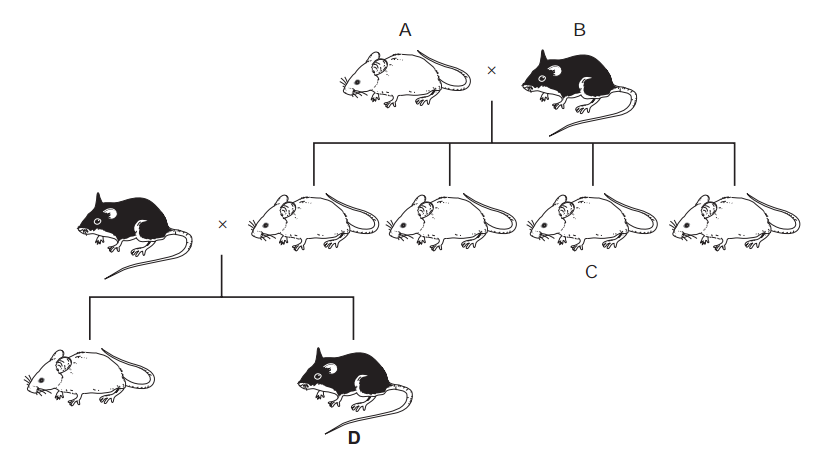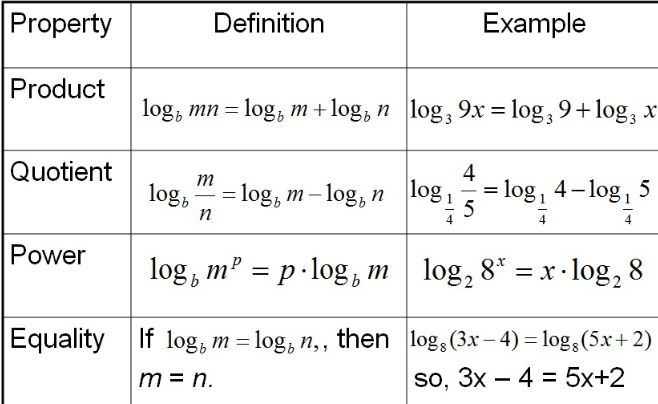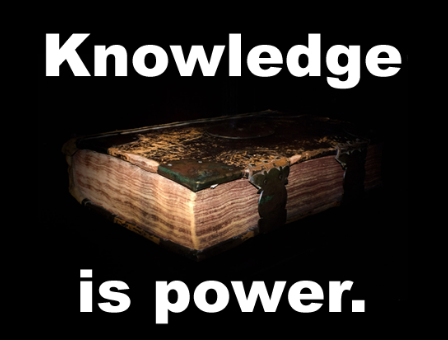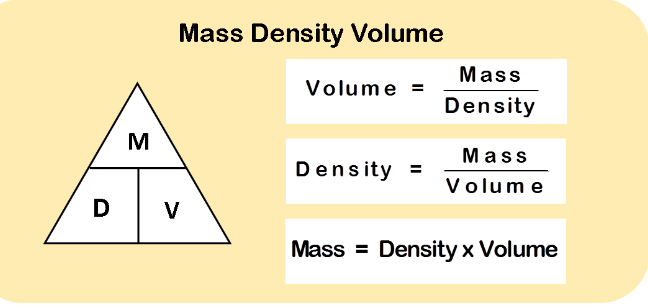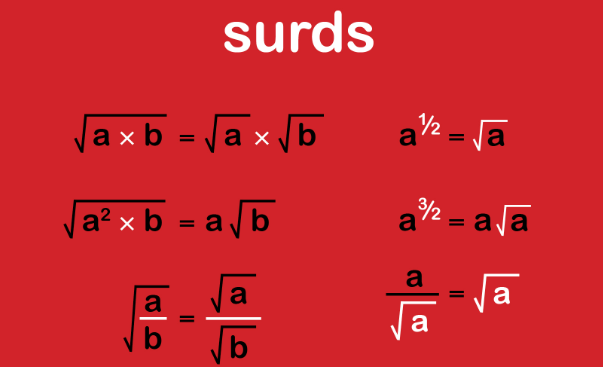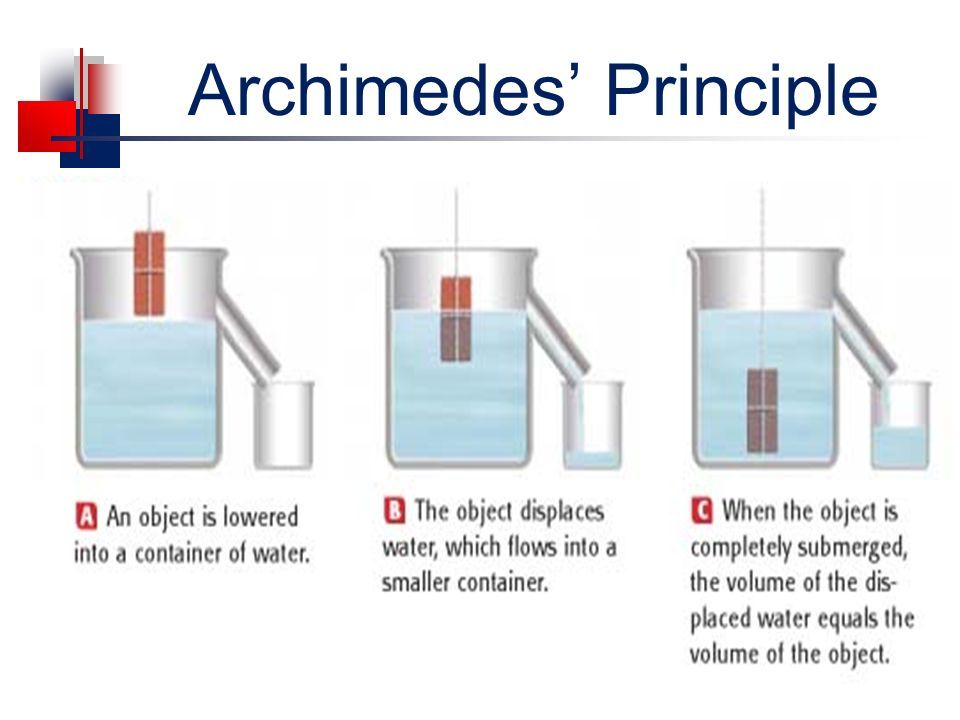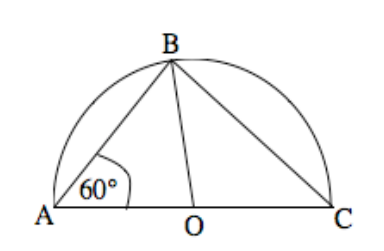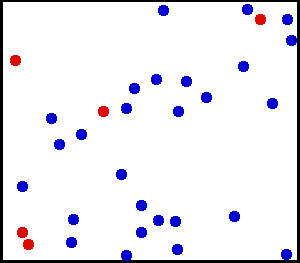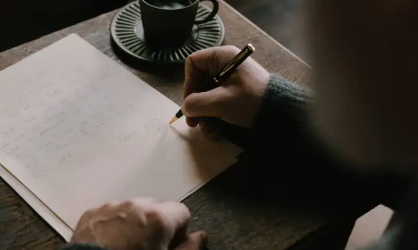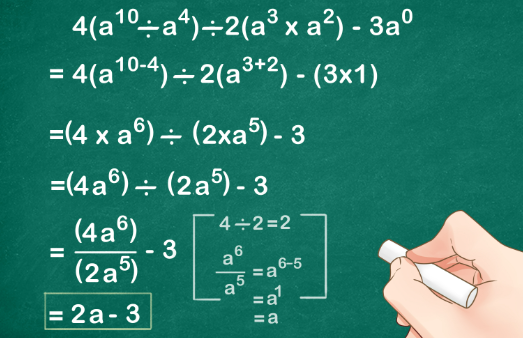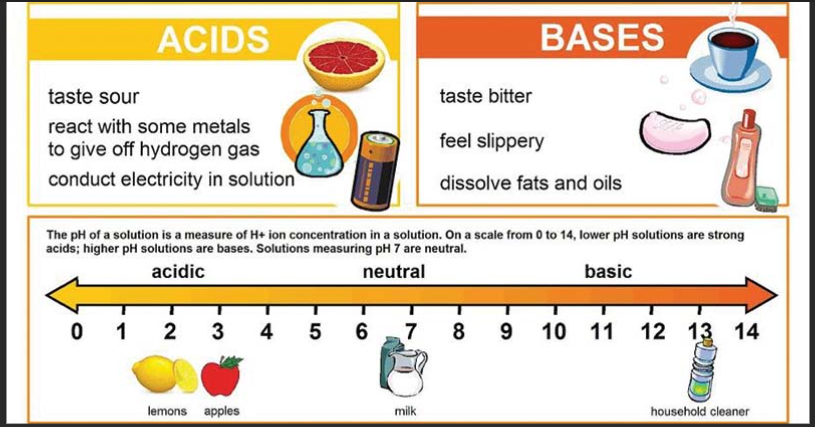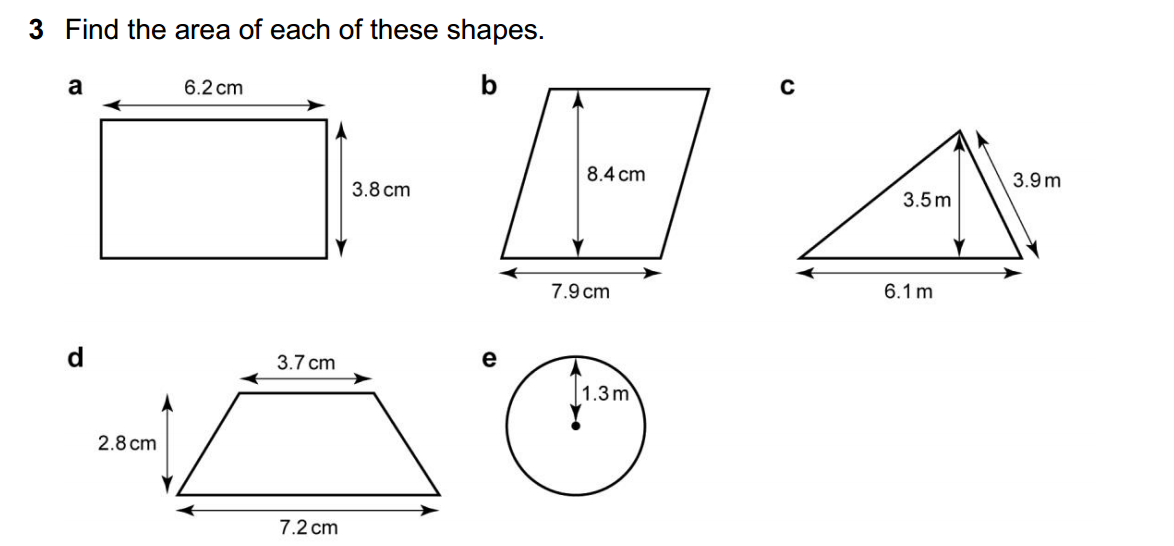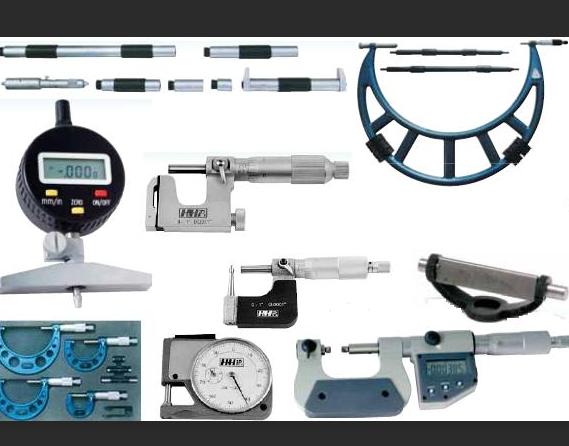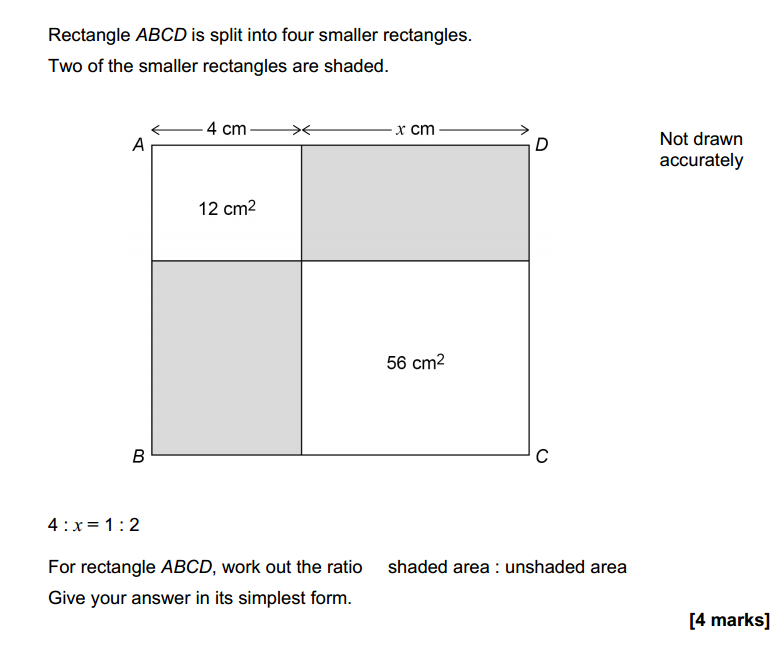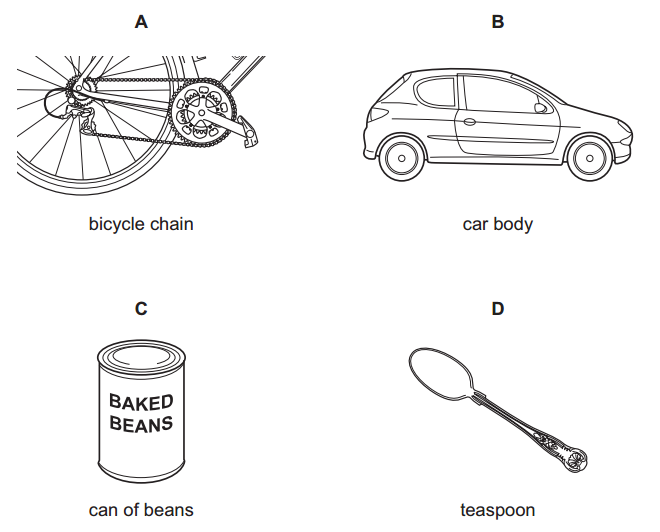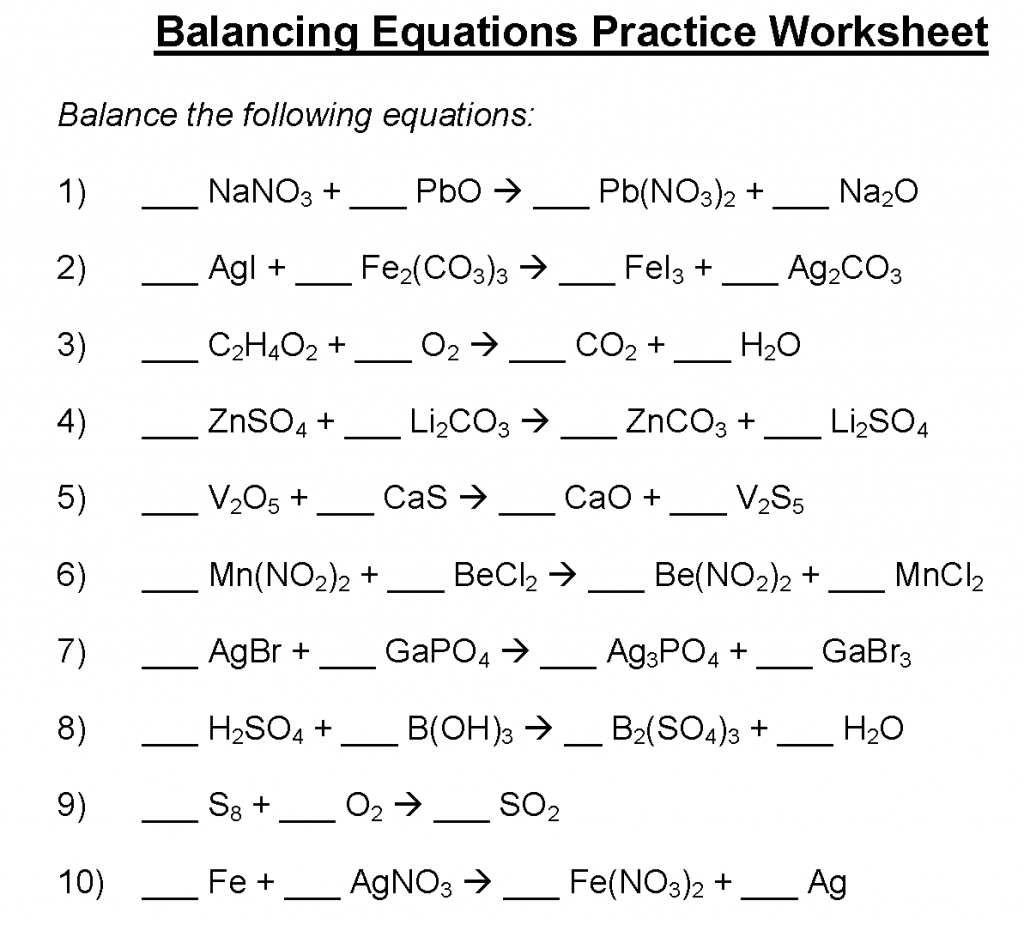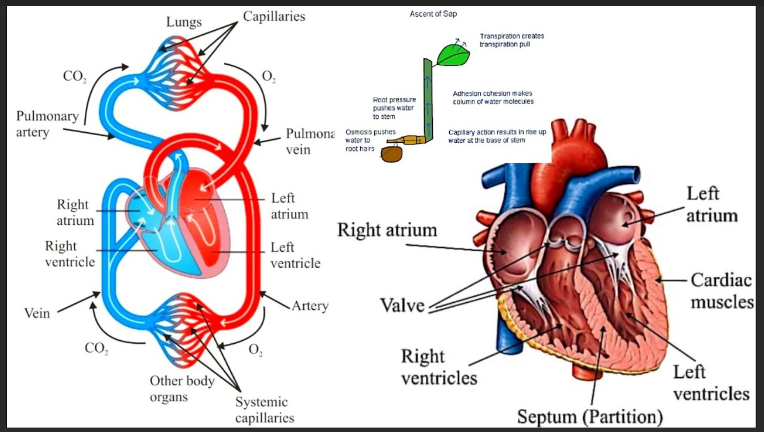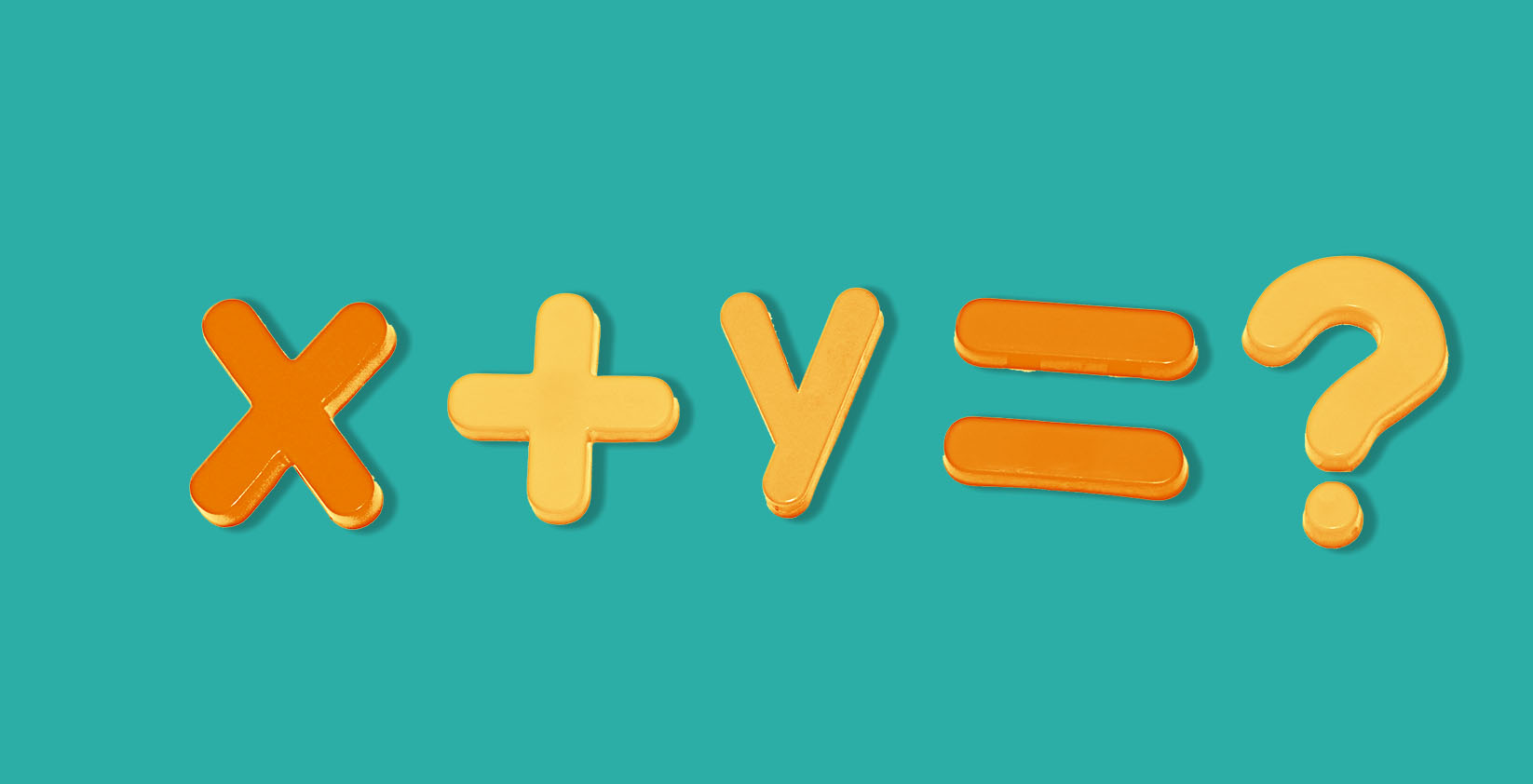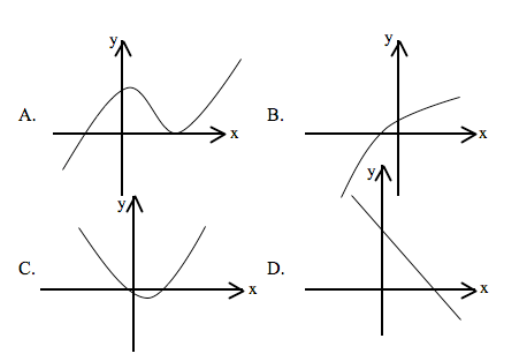Word problems are mathematical problems presented in the form of a story or real-life situation. They require students to apply mathematical concepts and skills to solve a practical or contextual scenario. Word problems serve several significant purposes in mathematics education:
Real-world application: Word problems provide a bridge between abstract mathematical concepts and their practical application in real-life situations. They help students understand the relevance and usefulness of mathematics in solving everyday problems.
Problem-solving skills: Word problems require students to analyze the given information, identify relevant data, and apply problem-solving strategies to find a solution. They promote critical thinking, logical reasoning, and the ability to formulate and solve problems systematically.
Mathematical comprehension: Word problems challenge students to interpret and understand mathematical concepts in context. By connecting mathematics to real-world scenarios, students deepen their understanding of mathematical principles, operations, and relationships.
Language skills: Word problems require students to read and comprehend the problem statement, extract essential information, and translate it into mathematical expressions or equations. They enhance students' reading comprehension, language interpretation, and communication skills.
Transferable skills: Solving word problems develops skills that extend beyond mathematics. Students learn to think creatively, make connections between different concepts, analyze data, make decisions, and communicate their findings effectively.
Problem-solving strategies: Word problems expose students to a variety of problem-solving techniques, such as drawing diagrams, making tables, using guess and check, working backward, and applying algebraic equations. These strategies equip students with a toolbox of problem-solving techniques that can be applied to various situations.
Assessment and evaluation: Word problems serve as an effective assessment tool to evaluate students' understanding of mathematical concepts and their ability to apply them in different contexts. They assess students' problem-solving skills, mathematical reasoning, and application of procedures and formulas.
Overall, word problems play a vital role in mathematics education by fostering mathematical thinking, promoting real-world connections, and developing problem-solving skills that are valuable beyond the confines of the classroom. They help students become confident and competent mathematical problem solvers
- If Sally has 10 apples and she gives 3 to her friend, how many apples does she have left?
- John bought a toy for $20. If he paid with a $50 bill, how much change will he receive?
- A pizza can be divided into 8 equal slices. If 3 friends share a whole pizza equally, how many slices will each friend get?
- A store sells pencils in packs of 12. If Jane buys 3 packs of pencils, how many pencils does she have in total?
- A book has 250 pages. If Jack reads 50 pages each day, how many days will it take him to finish the book?
- A rectangle has a length of 12 centimeters and a width of 5 centimeters. What is its perimeter?
- If a train travels at a speed of 80 kilometers per hour for 2 hours, how far does it travel?
- Lisa had $50 and she spent $20 on a new dress. How much money does she have left?
- A bag contains 30 marbles. If 15 marbles are red and the rest are blue, how many blue marbles are there?
- Mark scored 85, 90, and 95 on his three math tests. What is his average score?
- A car travels at a speed of 60 miles per hour. How far can it travel in 3 hours?
- There are 24 students in a class. If 2 students are absent, how many students are present?
- A box contains 50 chocolates. If Peter eats 10 chocolates, how many are left?
- Sam saved $10 each week for 6 weeks. How much money did he save in total?
- A garden is 12 meters long and 8 meters wide. What is its area?
- Mary is twice as old as Tom. If Tom is 10 years old, how old is Mary?
- A train departs at 9:30 AM and arrives at its destination 4 hours later. What time does it arrive?
- A baseball team played 12 games in a season and won 8 of them. What is their winning percentage?
- A box contains 36 cookies. If Sarah wants to divide them equally among 6 friends, how many cookies will each friend get?
- The price of a shirt is $25. If there is a 20% discount, what is the sale price?
- A recipe calls for 3 cups of flour. If Amy wants to make half the recipe, how much flour does she need?
- A bookstore sells books for $15 each. If Susan buys 4 books, how much does she spend in total?
- There are 365 days in a year. How many weeks are there in a year?
- A bottle contains 500 milliliters of water. If Jane drinks 200 milliliters, how much water is left?
- The temperature was 28 degrees Celsius in the morning and it rose by 10 degrees. What is the new temperature?
- A rope is 2 meters long. If it is cut into pieces that are each 0.5 meters long, how many pieces are there?
- A recipe requires 2 eggs. If Jack has 10 eggs, how many recipes can he make?
- A box contains 80 pencils. If 1/4 of the pencils are red, how many red pencils are there?
- The cost of a movie ticket is $8. If Sarah buys 3 tickets, how much does she spend in total?
- A square has a side length of 6 centimeters. What is its area?
- John spent 1/3 of his money on a toy and 1/4 of his money on a book. What fraction of his money does he have left?
- A train departs every 20 minutes. If the first train leaves at 8:00 AM, what time is the next train?
- A box contains 24 apples. If 2/3 of the apples are green, how many green apples are there?
- Mary ran 5 kilometers in 30 minutes. What is her average speed in kilometers per hour?
- A pizza has 8 slices. If Tom eats 3 slices, what fraction of the pizza does he eat?
- A bag contains 60 marbles. If 3/5 of the marbles are blue, how many blue marbles are there?
- The price of a book is $20. If there is a 25% sales tax, what is the total cost?
- A rectangle has a length of 10 meters and a width of 3 meters. What is its area?
- A store sells pens in packs of 5. If Jane buys 4 packs of pens, how many pens does she have in total?
- There are 50 students in a class. If 3/10 of the students are absent, how many students are present?
- A train travels at a speed of 100 kilometers per hour. How long does it take to travel 300 kilometers?
- John saved $60 each month for 9 months. How much money did he save in total?
- A jar contains 100 candies. If Jane takes 20 candies, what fraction of the candies does she take?
- A square has a perimeter of 20 centimeters. What is the length of each side?
- There are 24 hours in a day. How many minutes are there in a day?
- A bag contains 80 marbles. If 1/5 of the marbles are red, how many red marbles are there?
- The price of a shirt is $40. If there is a 15% discount, what is the sale price?
- A recipe requires 1/2 cup of sugar. If Sarah wants to make double the recipe, how much sugar does she need?
- A box contains 50 chocolates. If Peter wants to divide them equally among 5 friends, how many chocolates will each friend get?
- The temperature was 18 degrees Celsius in the morning and it dropped by 5 degrees. What is the new temperature?
Share love with others on
Like this:
Like Loading...
Related


